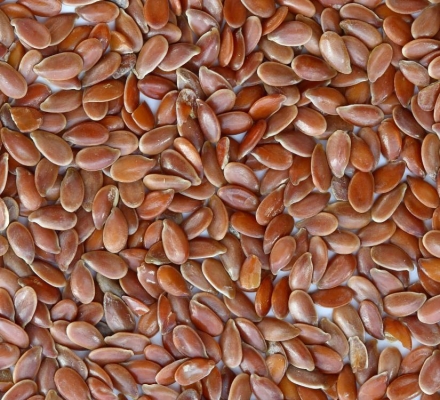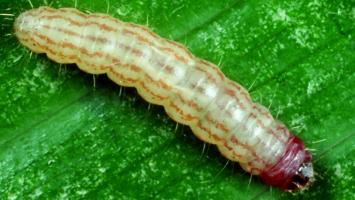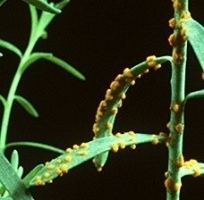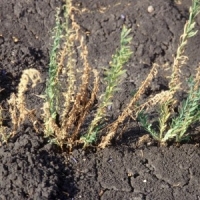General Information
Linseed (Linum usitatissimum). In India, it can be cultivated largely for seed meant for eliminating oil. The oil amount of the seed differs from 33-47%. Linseed lubricate is a superb drying lubricant used for processing paints as well as varnishes, oil cloth, water-resistant fabric and even linoleum also like an edible lubricant in certain zones . Linseed-cake is certainly a fine manure as well as livestock feed. Linseed can be used for making papers and also plastics.























